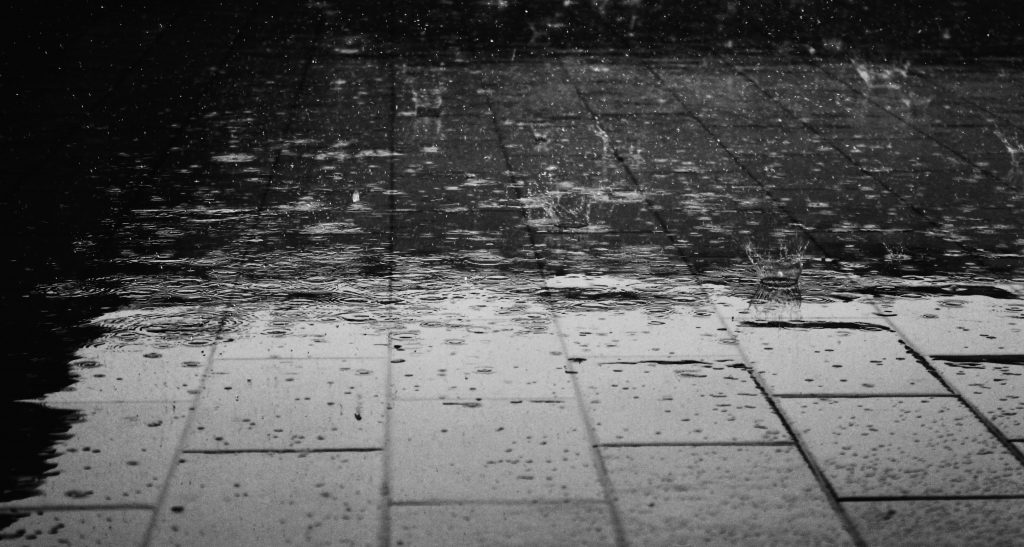Wet Floor Safety
Wet floors are an unavoidable circumstance in the janitorial industry. But in high traffic areas such as office buildings and condominiums, they can pose a real threat to a person’s safety and to your business. In today’s condo and office environment, people are always in a rush and always on their phone. This is a bad combination when someone is walking across a wet tiled floor. So how do we avoid this potentially painful and expensive accident? Training and procedure, of course!
If you’ve ever walked through a public area where you felt like there were way too many wet floor signs and on top of that, the floor wasn’t even wet, that’s a company that takes its due diligence seriously. In fact, a study was recently released that stated falling was the number one cause of injury hospitalization in Canada, and specifically mentioned wet floors in high traffic buildings.
Prevention is key here. Training is your number one defense against a slip and fall. The most important step, the first step, is wet floor sign placement. Without causing an additional hazard by placing too many, placing enough wet floor signs in strategic areas that force people to see them before they get to the potentially wet area, is key. The second step is to teach the damp mop method, where the mop is thoroughly wrung out before being applied to the area. This way there is not an excess of water left over; the floors should in practice be dry by the time they are done being mopped, and the wet floor signs are just there as a precaution. If the floor is still damp or wet in the area where the mopping began by the time the mopping is finished, too much water is being used. And the third step, which is not always necessary, but an extra precautionary measure, is either place a floor fan drying the mopped areas, or running a dry mop over the mopped area for instant dryness. This is to be used in areas that are extremely high traffic and timing is very important.
By following this 3 step training and procedure guide, the likelihood of a slip and fall is greatly reduced, preventing a potentially costly lawsuit against your company, and saving someone from injury. The preventative training cost is always worth the trouble.

